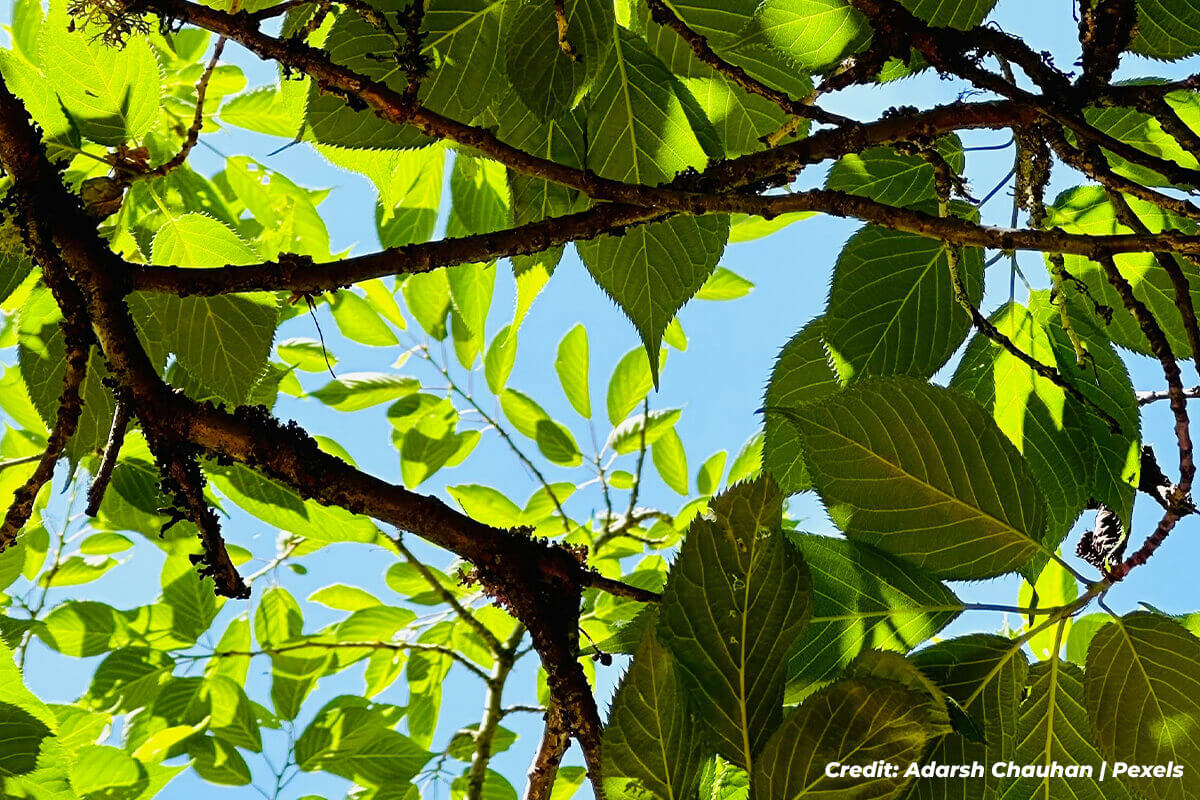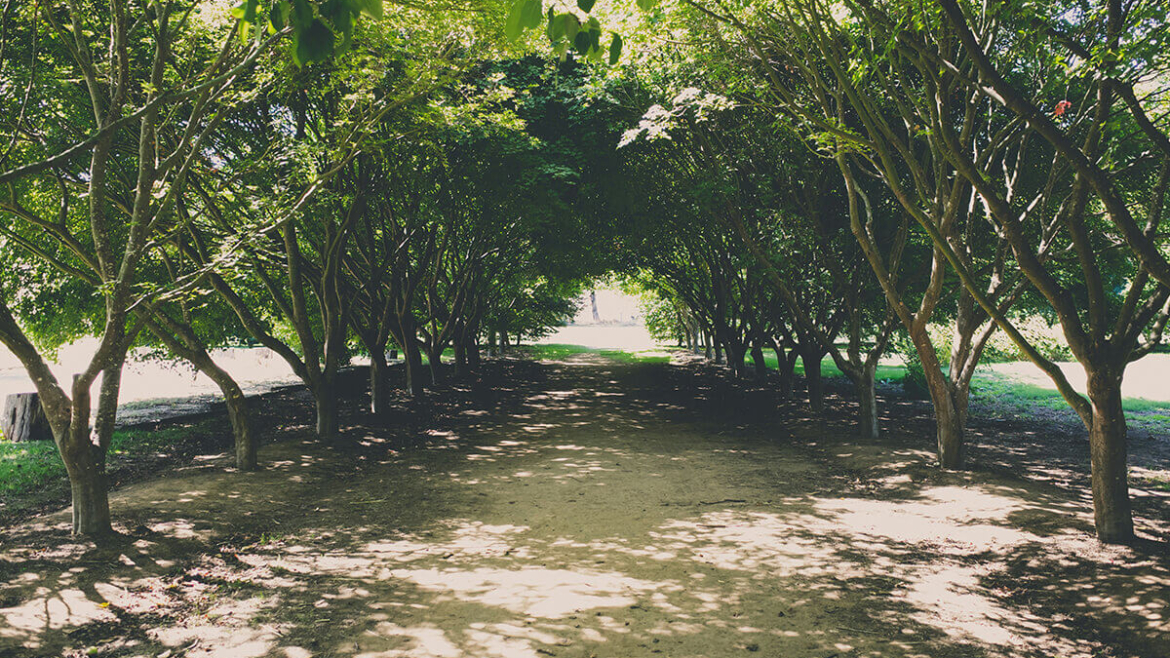It might be spring now, but summer’s just a few months away and then you’ll be glad of a method to keep your home cool. While airconditioning is a common solution, it can also be a costly and energy-intensive one. If you’re looking for some simple and easy ways to beat the heat, you can’t go wrong with planting some shade trees around your property. Not only do trees provide cooling relief, but theyre also great for enhancing your home’s curb appeal, improving air quality, and contributing to environmental sustainability. With some carreful selection (and equallly careful placement in your garden), you can create a comfortable living space and reduce your reliance on artificial cooling methods.
How Shade Trees Keep Your Home Cool
Shade trees act as a natural barrier against the sun’s intense rays. Their leafy canopies absorb and deflect sunlight (which helps prevent heat from reaching your home’s walls, roof, and windows). By reducing direct expsure to the sun this way, the indoor temperature stays low, (minimizing the need for air conditioning inside). Additionallly, those same trees help lower surrounding air temperatures through a process called transpiration. In a nutshelll, as water evaporates from their leaves, it creates a cooling effect that affects the entire area.

Choosing the Right Trees for Your Property
Selecting the right tree species is crucial for achieving those desired cooling and shading effects. Ontario’s climate being what it is, finding the right trees for the province also ensures they thrive in your garden and enhances their health and longevity. Deciduous trees are an excellent choice for many Canadian homes because they provide dense shade in the summer while awolling sunlight to penetrate during the winter once their leaves fall. Thanks to this natural cycle, you can enjoy seasonal temperature regulation all year round.
Fast-growing trees are ideal for homeowners looking for quicker results, but it is important to consider long-term maintenance and root syetsms. Slower-growing trees that develop deep roots are less likely to damage sidewalks, driveways, or fundations. Native tree species are often the best option (being well adapted to local conditions and requiring less maintenance to thrive).
Strategic Tree Placement for Maximum Cooling
To optimize cooling benefits, it’s also essential to plant your trees in the right locations. The most effective placement depends on your home’s orientation and the path of the sun throughout the day.
- South and West Sides: These sides typically receive the most intense sunlight (which makes them ideal locations for shade trees). Planting trees here cancan block the afternoon sun, significantly reducing heat absorption from the hottest part of the day onward.
- Near Windows and Patios: Trees positioned near windows and outdoor living spaces are key to creating a comfortable, shaded environment. Settting your trees here reduces indoor glare and keeps patios or decks cooler for relaxation.
- Over Paved Areas: Driveways, sidewalks, and patios all absorb heat, which then radiates towards your home. Planting trees along these surfaces minmizes heat retention and lowers the surrounding temperature.
- Roof and Upper-Level Windows: Tall trees with braod canopies provide shade for higher sections of your home. This prevents excessive heat build-up in upstairs rooms and attic spaces.
Complementing Trees with Additional Landscaping
While trees are a powerful cooling solution, incorporating other landscaping techniques enhances their benefits and contributes to the cooling effect around the house. There is a wide range of additional plants you can plant to work with your trees and provide additional coverage and protection for your home. Shrubs, vines, and ground cver plants can provide additional temperature reduction by offering extra shade (and so preventing heat from reflecting off hard surfaces). Installing trelllises with climbing plants, such as ivy or wisteria, can also offer attidional shade for walls and windows.
As an arborist may tell you, mulching is another important tree care chore. Mulching around the base of trees helps retain moisture in the soil (promoting healthy growth and reducing the heat absorbed by the ground).
Long-Term Benefits of Shade Trees
Beyond their immediate cooling effects, shade trees also offer long-term advantages for both home owners and the environment. By keeping the surroundings cool, they reduce energy costs by lowering the need for air connditioning (which translates to financial savings over time). Trees also improve air quality around the house by filtering pollutants and producing oxygen (creating a healthier living environment for you to enjoy).
Additionally, trees also provide habbitat for birds and other wildlife (which only contributes to local biodiversity). Finally, their aesthetic appeal also enhnces property value and fosters a sense of tranquillity (thereby making outdoor spaces more enjoyable year-round).

A Natural and Sustainable Cooling Solution
Planting shade trees is a prarctical and environmentally friendly way to keep your home cool during the summer months. With a little care, you can find the right trees and plant them to reduce your home’s heat asborption and enjoy a more comfortable living space (particularly in the hotter motnhs when you’re trying to beat the heat).
When you need shade trees to help you stay cool at home, give Caledon Treeland a call. We provide a wide range of shade trees, to keep your home cool and offer you some privacy from the neighbours. Give us a call at (905) 880-1828 to take a look at our tree farm and find the right ones to help you get away from the hustle and bustle outside.

